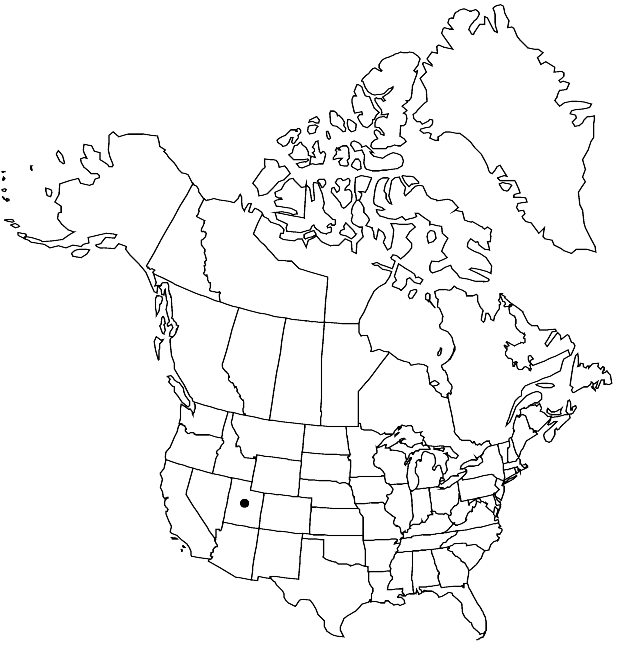Difference between revisions of "Physaria lepidota subsp. lepidota"
Treatment appears in FNA Volume 7. Treatment on page 648.
imported>Volume Importer |
imported>Volume Importer |
||
| Line 41: | Line 41: | ||
|publication year= | |publication year= | ||
|special status= | |special status= | ||
| − | |source xml=https:// | + | |source xml=https://bitbucket.org/aafc-mbb/fna-data-curation/src/2e0870ddd59836b60bcf96646a41e87ea5a5943a/coarse_grained_fna_xml/V7/V7_1088.xml |
|tribe=Brassicaceae tribe Physarieae | |tribe=Brassicaceae tribe Physarieae | ||
|genus=Physaria | |genus=Physaria | ||
Latest revision as of 22:30, 5 November 2020
Trichomes: rays fused nearly to tips. Basal leaves: blades elliptic, apex usually obtuse. Fruits: sinuses deep, or shallow basally, deep apically. 2n = 16.
Phenology: Flowering Apr–Jun.
Habitat: Clay soil of road cuts, clayey knolls, steep chiprock slides, shalelike rocky outcrops, pinyon-juniper areas.
Elevation: 1500-2700
Discussion
Selected References
None.
Lower Taxa
None.
